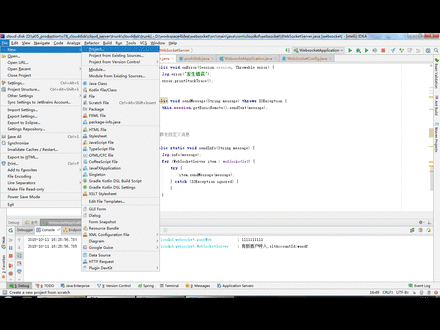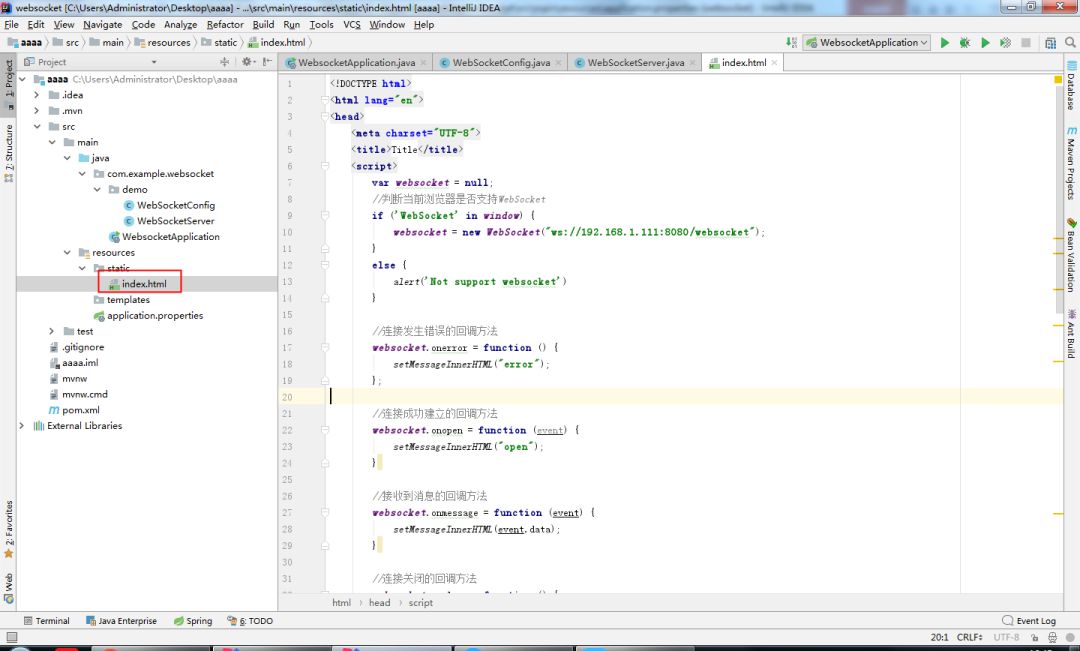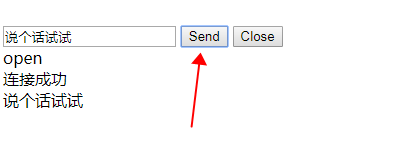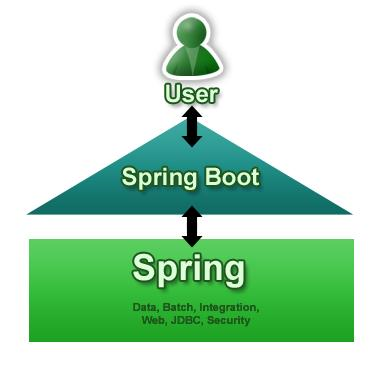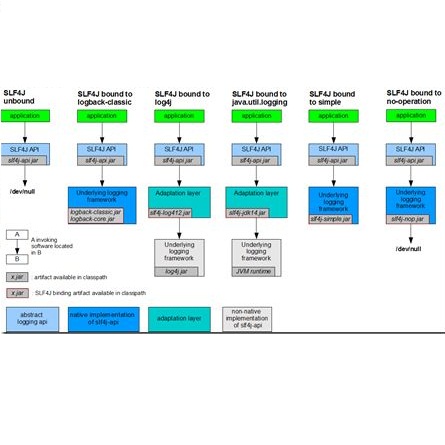如何打造程序员专属聊天室?
作者 | LLLSQ
责编 | 郭芮
本文,我们来讲下SpringBoot集成WebSocket,打造一个聊天室。
WebSocket 是什么?
WebSocket 是一种网络通信协议,RFC6455 定义了它的通信标准。
了解计算机网络协议的人应该都知道,HTTP 协议是一种无状态的、无连接的、单向的应用层协议。它采用了请求/响应模型,通信请求只能由客户端发起,服务端对请求做出应答处理。
这种通信模型有一个弊端,HTTP 协议无法实现服务器主动向客户端发起消息。这种单向请求的特点,注定了如果服务器有连续的状态变化,客户端要获知就非常麻烦。大多数 Web 应用程序将通过频繁的异步JavaScript和XML(AJAX)请求实现长轮询。轮询的效率低,非常浪费资源(因为必须不停连接,或者 HTTP 连接始终打开)。
因此,工程师们一直在思考,有没有更好的方法。WebSocket 就是这样发明的。WebSocket 连接允许客户端和服务器之间进行全双工通信,以便任一方都可以通过建立的连接将数据推送到另一端。只需要建立一次连接,就可以一直保持连接状态。这相比于轮询方式的不停建立显然效率要大大提高。
Web 浏览器和服务器都必须实现 WebSockets 协议来建立和维护连接。由于 WebSockets 连接长期存在,与典型的HTTP连接不同,对服务器有重要的影响。基于多线程或多进程的服务器无法适用于 WebSockets,因为它旨在打开连接,尽可能快地处理请求,然后关闭连接。任何实际的 WebSockets 服务器端实现都需要一个异步服务器。
使用idea创建SpringBoot项目
如果不使用上述方法导入maven的,请使用以下代码:
<dependency>
<groupId>org.springframework.boot</groupId>
<artifactId>spring-boot-starter-web</artifactId>
</dependency>
<dependency>
<groupId>org.springframework.boot</groupId>
<artifactId>spring-boot-starter-websocket</artifactId>
</dependency>Spring注入Bean
package com.example.websocket.demo;
import org.springframework.context.annotation.Bean;
import org.springframework.context.annotation.Configuration;
import org.springframework.web.socket.server.standard.ServerEndpointExporter;
@Configuration
public class WebSocketConfig {
@Bean
public ServerEndpointExporter serverEndpointExporter() {
return new ServerEndpointExporter();
}
}
编写websocket服务类
package com.cloudkd.websocket;
import java.io.IOException;
import java.util.concurrent.CopyOnWriteArraySet;
import javax.websocket.OnClose;
import javax.websocket.OnError;
import javax.websocket.OnMessage;
import javax.websocket.OnOpen;
import javax.websocket.Session;
import javax.websocket.server.ServerEndpoint;
import org.slf4j.Logger;
import org.slf4j.LoggerFactory;
import org.springframework.stereotype.Component;
//@ServerEndpoint("/websocket/{user}")
@ServerEndpoint("/websocket")
@Component
public class WebSocketServer {
private static final Logger log = LoggerFactory.getLogger(WebSocketServer.class);
//静态变量,用来记录当前在线连接数。应该把它设计成线程安全的。
private static int onlineCount = 0;
//concurrent包的线程安全Set,用来存放每个客户端对应的MyWebSocket对象。
private static CopyOnWriteArraySet<WebSocketServer> webSocketSet = new CopyOnWriteArraySet<WebSocketServer>();
//与某个客户端的连接会话,需要通过它来给客户端发送数据
private Session session;
/**
* 连接建立成功调用的方法
*/
@OnOpen
public void onOpen(Session session) {
this.session = session;
//加入set中
webSocketSet.add(this);
//在线数加1
addOnlineCount();
log.info("有新连接加入!当前在线人数为" + getOnlineCount());
try {
sendMessage("连接成功");
} catch (IOException e) {
log.error("websocket IO异常");
}
}
// //连接打开时执行
// @OnOpen
// public void onOpen(@PathParam("user") String user, Session session) {
// currentUser = user;
// System.out.println("Connected ... " + session.getId());
// }
/**
* 连接关闭调用的方法
*/
@OnClose
public void onClose() {
webSocketSet.remove(this); //从set中删除
subOnlineCount(); //在线数减1
log.info("有一连接关闭!当前在线人数为" + getOnlineCount());
}
/**
* 收到客户端消息后调用的方法
*
* @param message 客户端发送过来的消息
*/
@OnMessage
public void onMessage(String message, Session session) {
log.info("来自客户端的消息:" + message);
//群发消息
for (WebSocketServer item : webSocketSet) {
try {
item.sendMessage(message);
} catch (IOException e) {
e.printStackTrace();
}
}
}
/**
* @param session
* @param error
*/
@OnError
public void onError(Session session, Throwable error) {
log.error("发生错误");
error.printStackTrace();
}
public void sendMessage(String message) throws IOException {
this.session.getBasicRemote().sendText(message);
}
/**
* 群发自定义消息
*/
public static void sendInfo(String message) {
log.info(message);
for (WebSocketServer item : webSocketSet) {
try {
item.sendMessage(message);
} catch (IOException ignored) {
}
}
}
private static synchronized int getOnlineCount() {
return onlineCount;
}
private static synchronized void addOnlineCount() {
WebSocketServer.onlineCount++;
}
private static synchronized void subOnlineCount() {
WebSocketServer.onlineCount--;
}
}编写一个前端客户端
图中位置创建一个简单的index.html页面:
<!DOCTYPE html>
<html lang="en">
<head>
<meta charset="UTF-8">
<title>Title</title>
<script>
var websocket = null;
//判断当前浏览器是否支持WebSocket
if ('WebSocket' in window) {
//这里ws://192.168.1.111:8080/websocket 写自己的ip和端口号
websocket = new WebSocket("ws://192.168.1.111:8080/websocket");
}
else {
alert('Not support websocket')
}
//连接发生错误的回调方法
websocket.onerror = function () {
setMessageInnerHTML("error");
};
//连接成功建立的回调方法
websocket.onopen = function (event) {
setMessageInnerHTML("open");
}
//接收到消息的回调方法
websocket.onmessage = function (event) {
setMessageInnerHTML(event.data);
}
//连接关闭的回调方法
websocket.onclose = function () {
setMessageInnerHTML("close");
}
//监听窗口关闭事件,当窗口关闭时,主动去关闭websocket连接,防止连接还没断开就关闭窗口,server端会抛异常。
window.onbeforeunload = function () {
websocket.close();
}
//将消息显示在网页上
function setMessageInnerHTML(innerHTML) {
document.getElementById('message').innerHTML += innerHTML + '<br/>';
}
//关闭连接
function closeWebSocket() {
websocket.close();
}
//发送消息
function send() {
var message = document.getElementById('text').value;
websocket.send(message);
}
</script>
</head>
<body>
<h3>Welcome</h3><br/>
<input id="text" type="text"/>
<button onclick="send()">Send</button>
<button onclick="closeWebSocket()">Close</button>
<div id="message"></div>
</body>
</html>启动项目,做个测试
点击启动项目:
启动完成。访问index.html测试一下:
okay,成功启动。后台日志也有记录:
说个话试试:
也可以多开几个页面测试下。好了,下面来完成服务端向客户端推消息。
服务端向客户端推消息(后台主动)
产生消息的场景有多种,HTTP(s)、定时任务、MQ等,这里我用一个HTTP请求的controller代码完成。
编写一个pushWebController类:
package com.example.websocket.demo;
import org.slf4j.Logger;
import org.slf4j.LoggerFactory;
import org.springframework.web.bind.annotation.GetMapping;
import org.springframework.web.bind.annotation.RestController;
import java.util.HashMap;
import java.util.Map;
@RestController
public class PushWebController {
private final Logger logger = LoggerFactory.getLogger(this.getClass());
@GetMapping(value = "/pushWeb")
public Map<String, Object> pushVideoListToWeb(String message) {
Map<String, Object> result = new HashMap<String, Object>();
try {
WebSocketServer.sendInfo("有新客户呼入,message:" + message);
result.put("operationResult", true);
} catch (Exception e) {
result.put("operationResult", true);
}
return result;
}
}重新启动项目。测试下:
成功了!到此位置,demo已经成功实现了。如果你恰好也有可以用WebSocket实现的类似场景,希望对你有帮助。
Github地址:https://github.com/liangyisen/springboot_websocket。
作者:LLLSQ,一只有着悲惨故事的北漂程序员,为读者提供热点技术文章和IT实时热点新闻、架构、面试信息等最新讯息。
声明:本文为作者投稿,版权归其个人所有。
推荐阅读:




